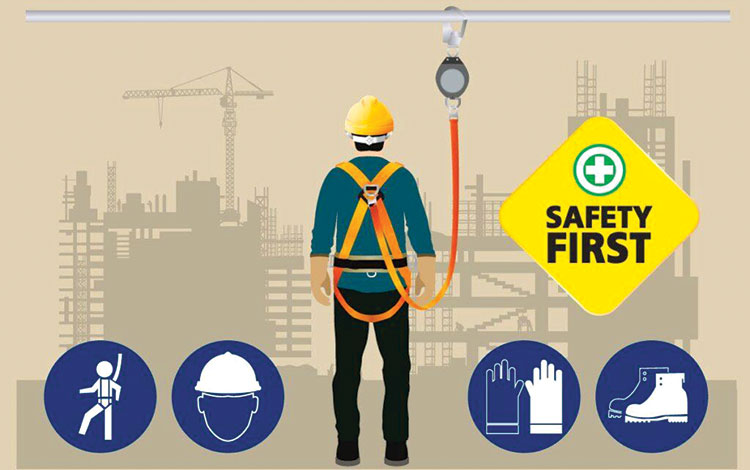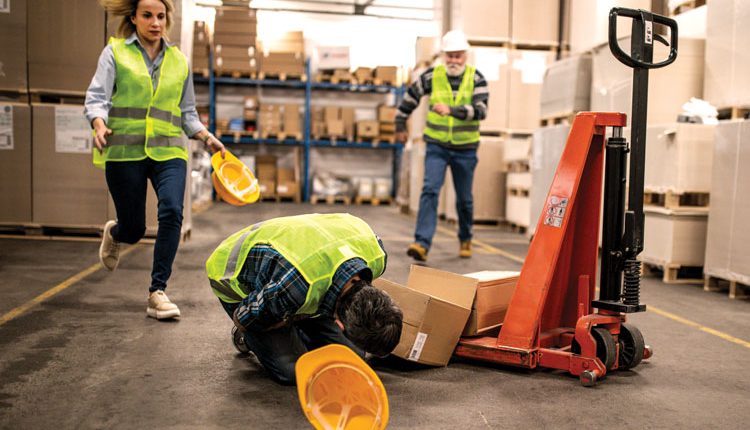In today’s fast-paced industrial landscape, the pursuit of enhanced productivity and profitability must be balanced with a strong commitment to workplace safety. The unfortunate reality is that the industrial sector remains one of the most hazardous environments for workers, with the potential for serious injuries and even fatalities. However, by adopting a comprehensive approach to safety, industry leaders can create a culture of prevention that prioritizes the well-being of their workforce. This article explores key strategies and best practices to avoid injuries and fatalities in the industry.
Cultivating a Safety Culture
The foundation of injury prevention in any industry lies in establishing a robust safety culture. This involves fostering a mindset where safety is not just a priority but an integral part of daily operations. Key elements include:
- Leadership commitment: Senior management must actively demonstrate their dedication to safety by allocating resources, setting safety goals, and participating in safety initiatives.
- Employee engagement: Involving workers in safety decisions and encouraging them to report hazards or near-misses fosters a sense of ownership and responsibility.
- Training and education: Regular safety training helps employees stay updated on best practices, emergency procedures, and the proper use of equipment.
Hazard Identification and Risk Assessment
Conducting regular hazard identification and risk assessments is crucial in pinpointing potential dangers and determining appropriate control measures. This process involves:
- Workplace inspections: Regular inspections help identify unsafe conditions, faulty equipment, and potential risks.
- Job hazard analysis: Breaking down tasks into specific steps allows a closer examination of potential hazards associated with each task.
Implementing Engineering Controls
Engineering controls involve modifying the work environment to eliminate or reduce hazards. This can include:
- Guarding machinery: Ensuring that equipment has proper guards and safety mechanisms can prevent workers from coming into contact with dangerous moving parts.
- Automation: Where possible, automating certain tasks can minimize human involvement in hazardous processes.
- Ergonomic design: Designing workstations and tools to reduce physical strain and repetitive motions can prevent musculoskeletal injuries.
Personal Protective Equipment (PPE)
While engineering controls aim to eliminate or minimize hazards, PPE serves as a crucial line of defense for workers. Employers should:
- Provide appropriate PPE: Ensure that workers have access to and are trained to use the necessary protective gear, such as helmets, gloves, goggles, and respirators.
- Regular inspections: PPE should be regularly inspected for damage and replaced as needed to ensure effectiveness.

Training for Emergency Response
Equipping employees with the knowledge and skills to respond to emergencies can make a significant difference in minimizing the impact of accidents. This includes:
- Emergency drills: Conduct regular fire drills, evacuation exercises, and first aid training to prepare employees for unforeseen events.
- Communication protocols: Establish clear communication channels during emergencies to quickly relay information and coordinate responses.
Conclusion
Avoiding injuries and fatalities in the industrial sector requires a proactive and multidimensional approach. By fostering a strong safety culture, identifying and mitigating hazards, implementing engineering controls, providing appropriate PPE, and offering comprehensive emergency response training, businesses can create a safer work environment. Committing to safety not only protects workers but also leads to improved morale, increased productivity, and reduced operational costs. Ultimately, a safe workplace is an essential element in the path towards sustainable growth and success in the industry.


